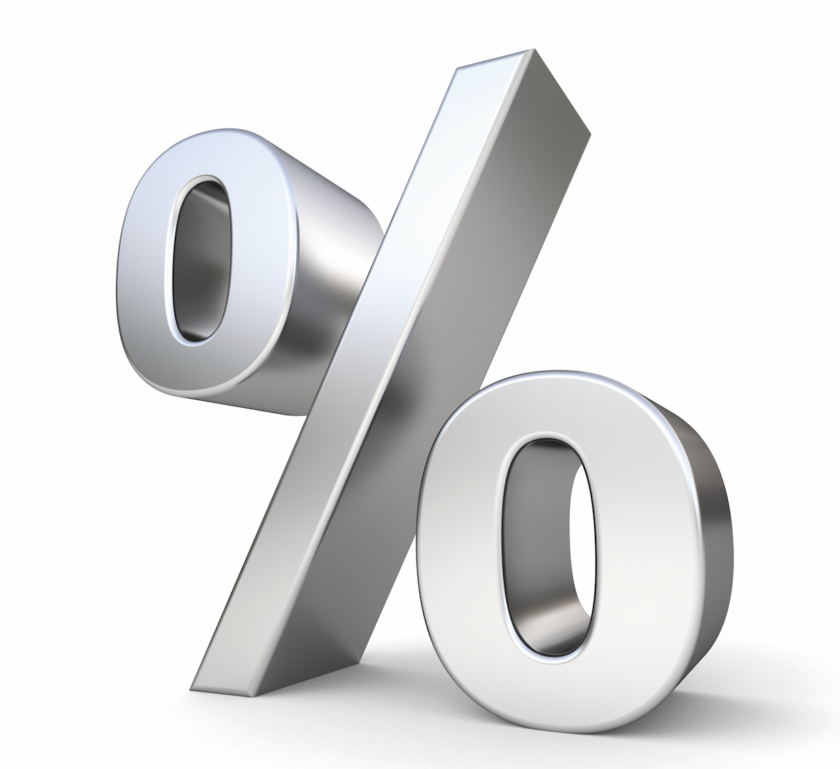Savers are close to reaching inflection point on their savings as interest rates rise, according to Hargreaves Lansdown.
Sarah Coles, senior personal finance analyst at Hargreaves Lansdown said the gap between what savers are making on their cash and what they could make on a fixed rate account is reaching the point where people say they are prepared to fix, although many savers tend to be “stickier” in reality and risk missing out on a better rate.
Coles said: “The overwhelming majority of our savings is in easy access accounts and while this is the right place for an emergency fund of 3-6 months’ worth of essential expenses, once you hold more than this it’s worth at least considering tying up some of the money in return for a higher rate of interest.”
Figures by Hargreaves Lansdown showed that 22% of people had a fixed rate account as of September 2022. However,earlier research from April found that savers said they would want between 4% and 5% more in interest to make fixing their savings for a year worthwhile.
The most competitive current one-year fixed rate is 4.11% but swap rates suggest they could hit 5% in the near future.
Coles said: “Against a backdrop of high inflation, the energy crisis and political uncertainty, it’s hardly a surprise that savers are nervous. So we need to be promised a massive boost to our savings rates in order for a fix to feel worthwhile.
“For someone whose cash is languishing in branch based high street easy access savings account, rates are knocking on that door. Most are paying around 0.4% so a switch to the most competitive one-year fix would make them 3.71% more in interest.”
However, Hargreaves Lansdown said some savers will be holding out for rates to rise further.
Tom Higham, acting head of savings at Hargreaves Lansdown, commented: “This isn’t going to happen overnight. No bank wants to pay more than they have to in order to attract new deposits so they’re inching up a fraction at a time taking it in turns to push very slightly ahead to attract more deposits.”
Higham said banks are also holding back as a result of less people choosing to borrow at higher rates. However, if one bank “breaks rank” in an effort to attract significant deposits, it could encourage others to follow suit.
Coles added: “Waiting for a better fixed rate is perfectly reasonable approach as long as you’ve answered two questions: at what point will you feel rates have risen enough for it to be worth fixing? And where will your cash be in the interim?
“It’s notoriously difficult to spot when rates have peaked until after they have done so. Instead it’s worth making a decision about the interest rate you would be happy to fix at. If it takes months before rates hit this level and your money is languishing in an account paying a fraction of 1%, you’ll be losing far more of the spending power of your money than you need to.”































